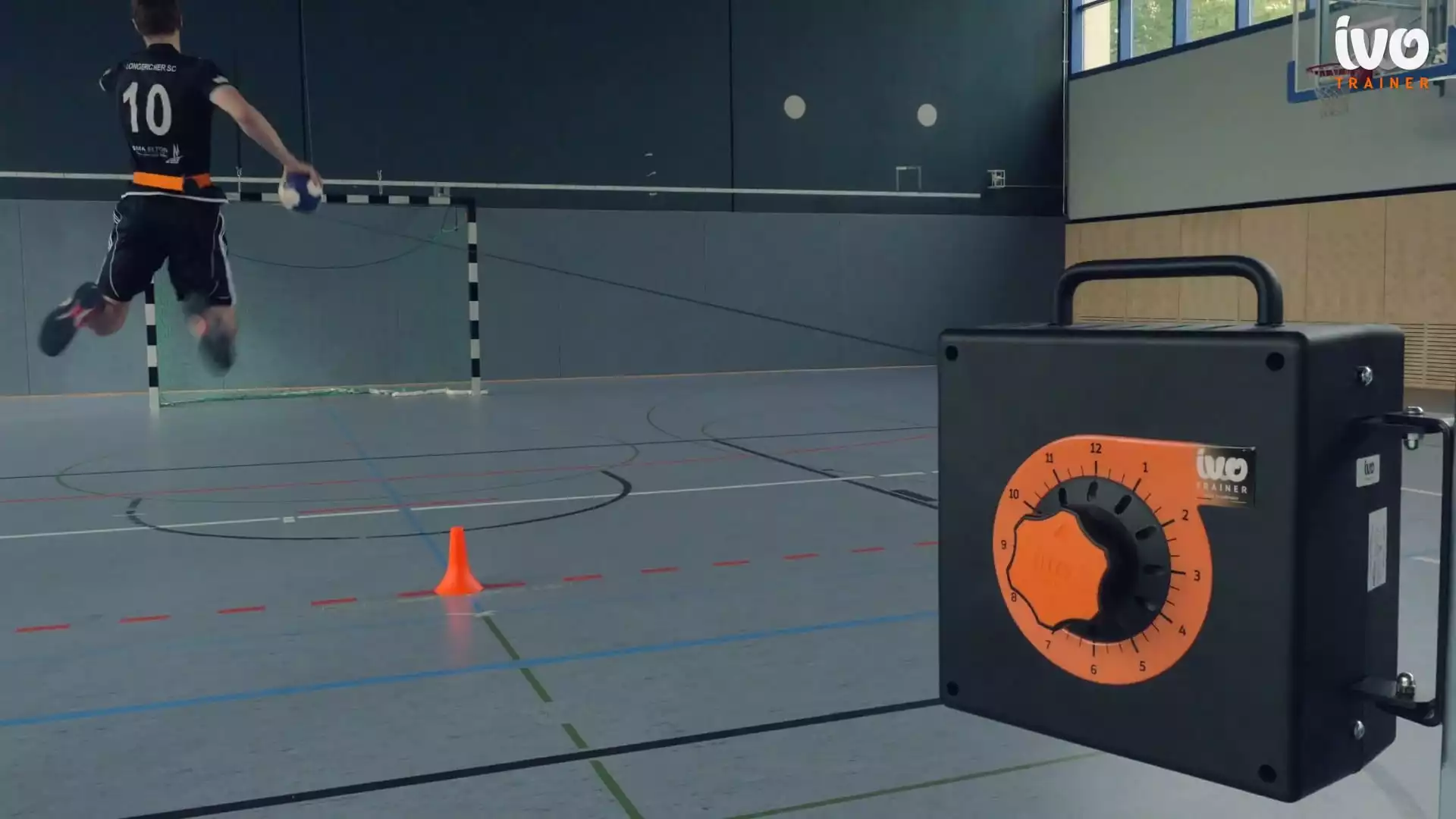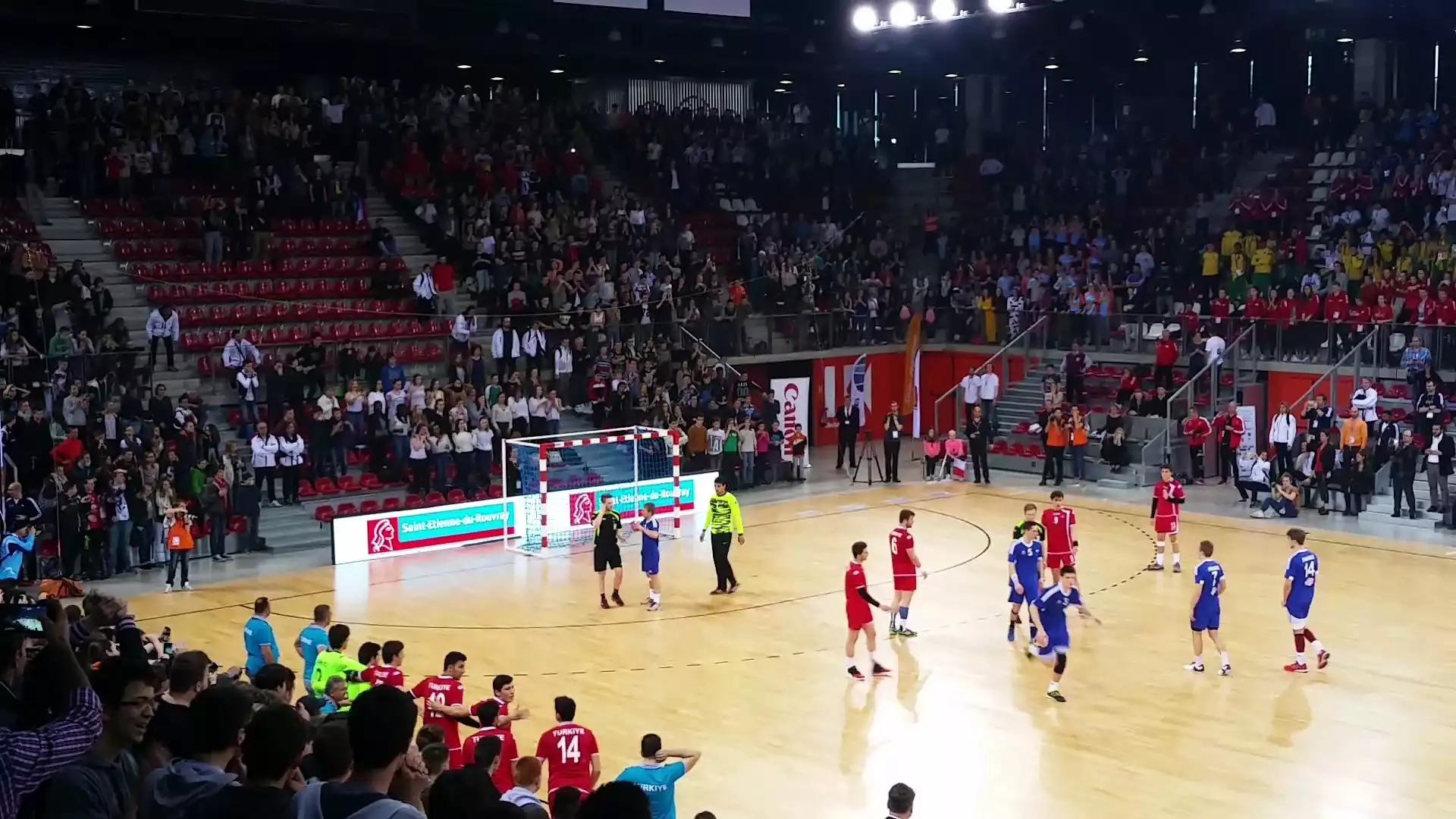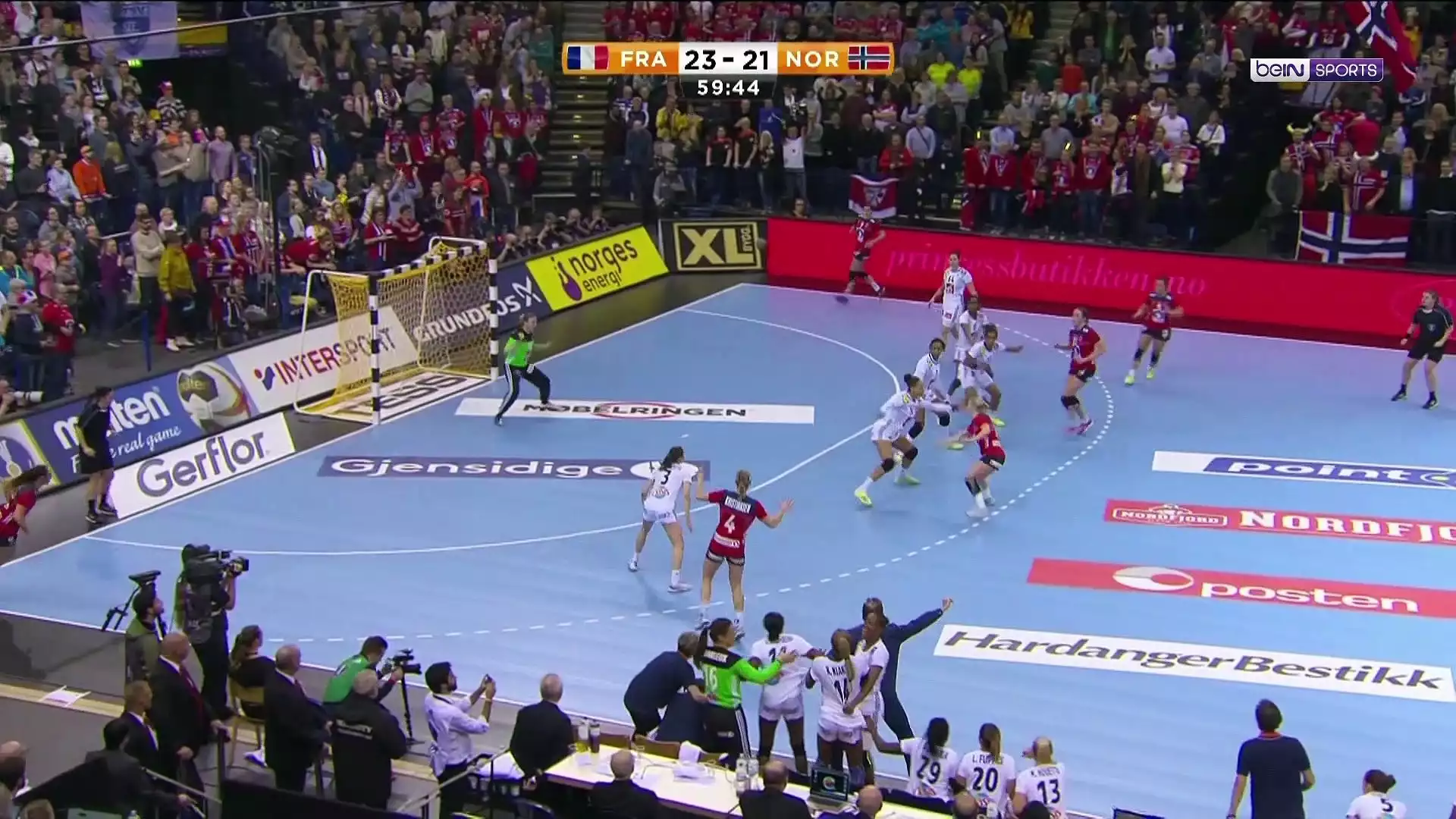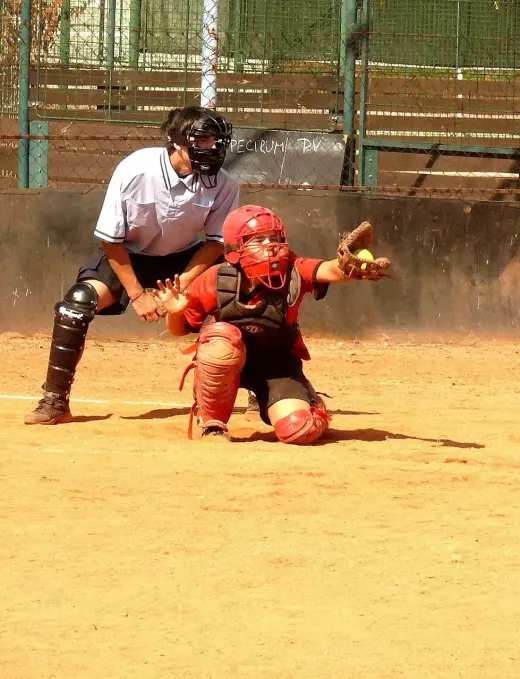The importance of strategy in handball
Handball is not just about physical strength and agility; it's also a game of strategy. Having a well-defined game plan can give you a significant advantage over your opponents. A solid strategy helps you make the most of your team's strengths while exploiting your opponents' weaknesses. It allows you to control the flow of the game, dictate the pace, and maximize scoring opportunities. Without a strategy, you risk playing a disjointed and uncoordinated game that leaves your team vulnerable to counterattacks.
To develop an effective strategy, start by analyzing your team's strengths and weaknesses. Identify the key areas where you excel and capitalize on them. Likewise, identify your opponents' weaknesses and exploit them. A thorough understanding of your team's capabilities and your opponents' tendencies will form the foundation of your strategy. Remember, a well-executed game plan can turn the tables, even against more skilled opponents.
Offensive strategies in handball
Offense is the heart of any handball game. To succeed on the offensive end, you need to master the art of positioning, movement, and teamwork. Your goal is to create scoring opportunities for your team while keeping the defense on their toes. Here are three offensive strategies that can help you dominate the game:
1. Fast Breaks: Speed is your ally in fast breaks. When you gain possession of the ball, initiate a quick counterattack to catch the defense off guard. Push the tempo, move the ball swiftly down the court, and look for openings to score before the defense can set up.
2. Set Plays: Set plays are pre-planned offensive moves that allow your team to execute a well-coordinated attack. These plays involve specific movements, passes, and shots designed to confuse the defense and create scoring opportunities. Practice different set plays and execute them with precision during the game.
3. Spacing and Movement: Creating space and constant movement is key to breaking down the defense. Spread out across the court, maintain good spacing between players, and constantly move without the ball. By doing so, you force the defense to adjust and open up gaps that you can exploit.
Implementing these offensive strategies will make your team unpredictable and difficult to defend against. Remember, a well-coordinated offense can overwhelm even the most skilled defenses.
Tactical Moves in Offense Set-play by Peter Kovacs
Defensive strategies in handball
While offense wins games, defense wins championships. A strong defense can frustrate opponents, disrupt their rhythm, and create turnovers. Here are three defensive strategies to help you shut down the opposition:
1. Man-to-Man Defense: In man-to-man defense, each player is assigned an opponent to mark closely. The goal is to deny your assigned player any scoring opportunities and make it difficult for them to receive passes. This strategy requires excellent communication, quick footwork, and constant awareness of your opponent's movements.
2. Zone Defense: Zone defense involves players guarding specific areas of the court rather than individual opponents. This strategy is effective when facing opponents with strong individual skills or when defending against fast breaks. By positioning yourself in specific zones, you can create defensive walls that make it challenging for the offense to penetrate.
3. Press Defense: Press defense is an aggressive strategy where you apply intense pressure on the ball carrier. The aim is to force turnovers, disrupt passing lanes, and create chaos for the offense. This strategy requires teamwork, coordination, and quick reactions to capitalize on the mistakes made by the opposition.
By implementing these defensive strategies, you can make it difficult for your opponents to score and gain an advantage in the game. Remember, defense is a team effort, and effective communication is essential to ensure everyone is on the same page.
Transition strategies in handball
Handball is a fast-paced game that requires quick transitions between offense and defense. The ability to transition seamlessly can catch opponents off guard and lead to easy scoring opportunities. Here are three transition strategies to help you excel in this aspect of the game:
1. Counterattacks: Counterattacks occur when your team quickly transitions from defense to offense after gaining possession of the ball. The goal is to catch the defense out of position and score before they can regroup. Look for opportunities to pass the ball quickly and move swiftly down the court to create a numerical advantage.
2. Quick Change of Roles: Transitioning from offense to defense and vice versa requires players to quickly change their roles. This means that attackers must immediately switch to defensive positions as soon as the ball is lost, and defenders must transition into attacking positions when possession is regained. Practice these quick role changes to maintain a smooth flow in your game.
3. Fast Reactions: Quick reactions are essential in transition situations. Whether it's intercepting a pass, recovering a loose ball, or initiating a counterattack, the ability to react swiftly can help you gain an advantage. Train your reflexes and decision-making skills to make split-second choices that can turn the tide in your favor.
Mastering transition strategies will give your team an edge in fast-paced handball games. By capitalizing on quick transitions, you can catch your opponents off guard and create scoring opportunities that can change the outcome of the match.
Set plays and specialized strategies in handball
Set plays and specialized strategies are crucial in handball as they allow teams to execute well-coordinated moves that can outsmart the opposition. These strategies involve specific formations, movements, and plays designed to exploit weaknesses in the defense and create scoring opportunities. Here are three examples of set plays and specialized strategies:
1. The 7-6 Formation: The 7-6 formation is a specialized offensive strategy where one player acts as an additional attacker, creating a numerical advantage against the defense. This strategy requires precise timing, coordination, and quick decision-making to take advantage of the extra attacker.
2. The Wall: The Wall is a defensive strategy where two players form a wall with their hands up to block the opponent's shot. This strategy is effective in close-range shooting situations and requires good anticipation and timing to deny the opposition's scoring chances.
3. The Pivot: The Pivot is a specialized offensive position where a player stands near the opponent's defense and acts as a focal point for the attack. The Pivot player can receive passes, create space for teammates, and disrupt the defense's positioning. This strategy requires strength, agility, and excellent ball control.
By incorporating set plays and specialized strategies into your game plan, you can add an element of surprise and complexity to your team's play. These strategies can catch the opposition off guard and create scoring opportunities that can turn the tide in your favor.
Handball: Rules, Skills, Strategies.
Mental and psychological strategies for handball success
Handball is not just a physical game; it's also a mental battle. Mental and psychological strategies can give you a competitive edge and help you perform at your best. Here are three mental strategies to enhance your handball performance:
1. Visualization: Visualize yourself performing at your peak before every game. Imagine yourself executing perfect shots, making accurate passes, and making split-second decisions. Visualization helps build confidence and prepares your mind for success.
2. Positive Self-Talk: Replace negative thoughts with positive affirmations. Encourage yourself, believe in your abilities, and maintain a positive mindset throughout the game. Positive self-talk can boost confidence, reduce anxiety, and keep you focused on achieving your goals.
3. Resilience: Handball, like any sport, has its ups and downs. It's important to bounce back from setbacks quickly and maintain a resilient attitude. Learn from your mistakes, stay motivated, and keep pushing forward even when things aren't going your way. Resilience is a key attribute of successful handball players.
By incorporating these mental strategies into your game, you can enhance your focus, confidence, and overall performance. Remember, the mental aspect of handball is just as important as the physical aspect.
Training and preparation for handball strategy
To implement effective strategies on the handball court, you need to invest time in training and preparation. Here are three key aspects to consider:
1. Physical Conditioning: Handball requires endurance, speed, agility, and strength. Engage in regular cardiovascular exercises, strength training, and agility drills to improve your physical capabilities. A well-conditioned body will enable you to execute strategies more effectively and sustain your performance throughout the game.
2. Tactical Drills: Practice specific drills that focus on implementing different strategies. Work on offensive plays, defensive formations, transition scenarios, and set plays. By repeatedly practicing these drills, you'll develop muscle memory and improve your decision-making skills.
3. Video Analysis: Study game footage of both your team and your opponents. Analyze the strategies they employ and identify areas for improvement. Pay attention to positioning, movement, and decision-making. Learning from past games can provide valuable insights and help you refine your strategies.
By dedicating time to training and preparation, you'll be better equipped to execute strategies during actual games. Remember, practice makes perfect, and the more effort you put into your training, the better your results will be on the court.
Case studies: Successful handball teams and their strategies
Looking at successful handball teams can provide inspiration and insights into effective strategies. Here are three case studies of renowned handball teams and the strategies that have contributed to their success:
1. FC Barcelona Handbol: FC Barcelona Handbol is widely regarded as one of the most successful handball teams in the world. Their success can be attributed to their fast-paced attacking style, quick transitions, and strong defense. They excel in executing set plays and specialized strategies, constantly keeping their opponents on their toes.
2. Vardar: Vardar, a Macedonian handball team, has achieved remarkable success in recent years. Their success can be attributed to their disciplined defensive approach, strong teamwork, and effective communication. They excel in man-to-man defense, disrupting opponents' attacks and capitalizing on turnovers.
3. Norway Women's National Handball Team: The Norway Women's National Handball Team is known for its exceptional teamwork, versatility, and adaptability. They employ a combination of offensive strategies, effectively utilizing fast breaks, set plays, and spacing. Their ability to quickly transition from defense to offense and vice versa gives them a significant advantage over their opponents.
Analyzing the strategies used by these successful teams can provide valuable insights and inspiration for your own game. Remember, adaptability and innovation are essential in handball, and studying successful teams can help you stay ahead of the game.










